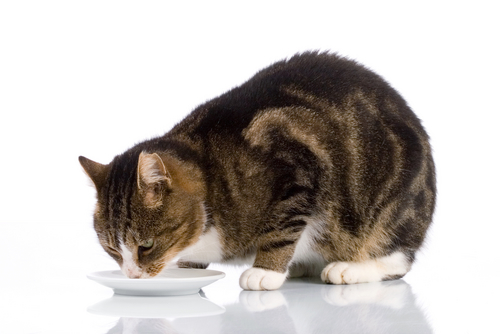In this activity, we will use what we know of scale and proportion to find a best buy product.
If we buy a tin of beans for £1 we know that if we want any more, we multiply by £1.
For example, 3 tins = 3 x £1 = £3
Simple!
Sometimes, there are offers which make some deals cheaper.
You have probably seen some, such as Buy one get one free, or 10% off if you buy 2, or Buy one and 2nd one half price.
We are going to look at several ways of buying products and finding the cheapest or best value!
Before we look at the example, the aim of the game is to make them the same number in order to compare them.
We cannot compare a pack of 5 with a pack of 16 - we need the price for 1 or the same number.
Example - non calculator
Burgers are sold in boxes of 4 for £2.50 and boxes of 12 for £7.90
Which size box is the best value?
Answer
We have to compare them and we cannot use a calculator, so we need to make it an easy number to compare!
4 burgers = £2.50 12 burgers = £7.90
If we multiply the 4 burger box by 3, that will give us the price for 12 and we can compare.
4 burgers x 3 = 12 burgers.
Therefore, £2.50 x 3 = £7.50
So, if we buy three boxes of 4 burgers, we can get 12 burgers for only £7.50.
If we buy the 12 burgers in just the one box of 12, it will cost us £7.90.
Buying the small box of 4 is clearly better value!

Example - calculator
Cartons of milk are sold in two sizes:
Small - 1.2 litre = £1.40
Large - 3.5 litre = £3.99
Which size is the best value?
Answer
As we can use a calculator for this, we can work out the price of each for 1 litre.
Small - £1.40 ÷ 1.2 l = £1.166666....... per litre
Large - £3.99 ÷ 3.5 l = £1.14 per litre
We can see that the large carton is better value!

Let's try some questions!








